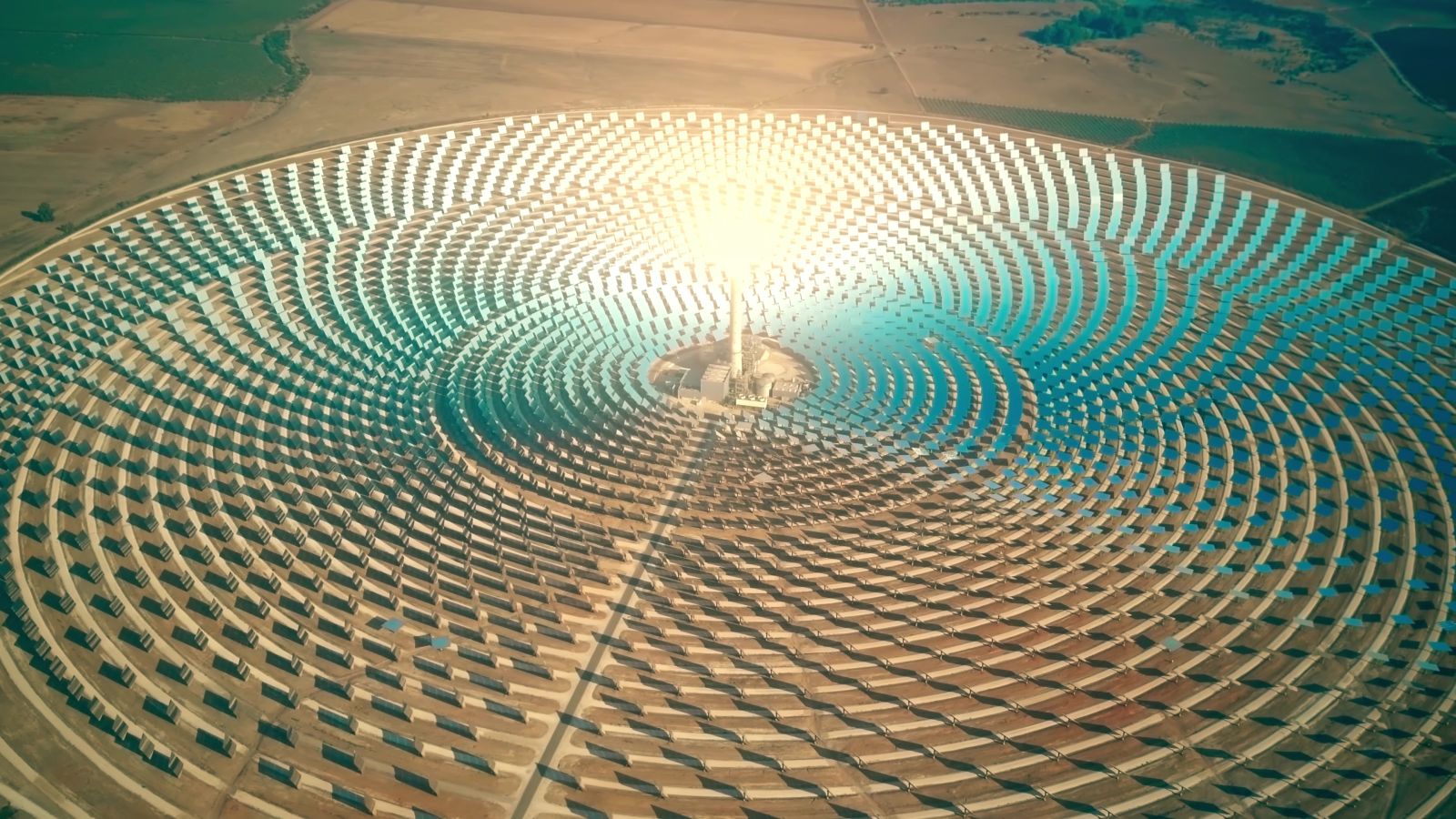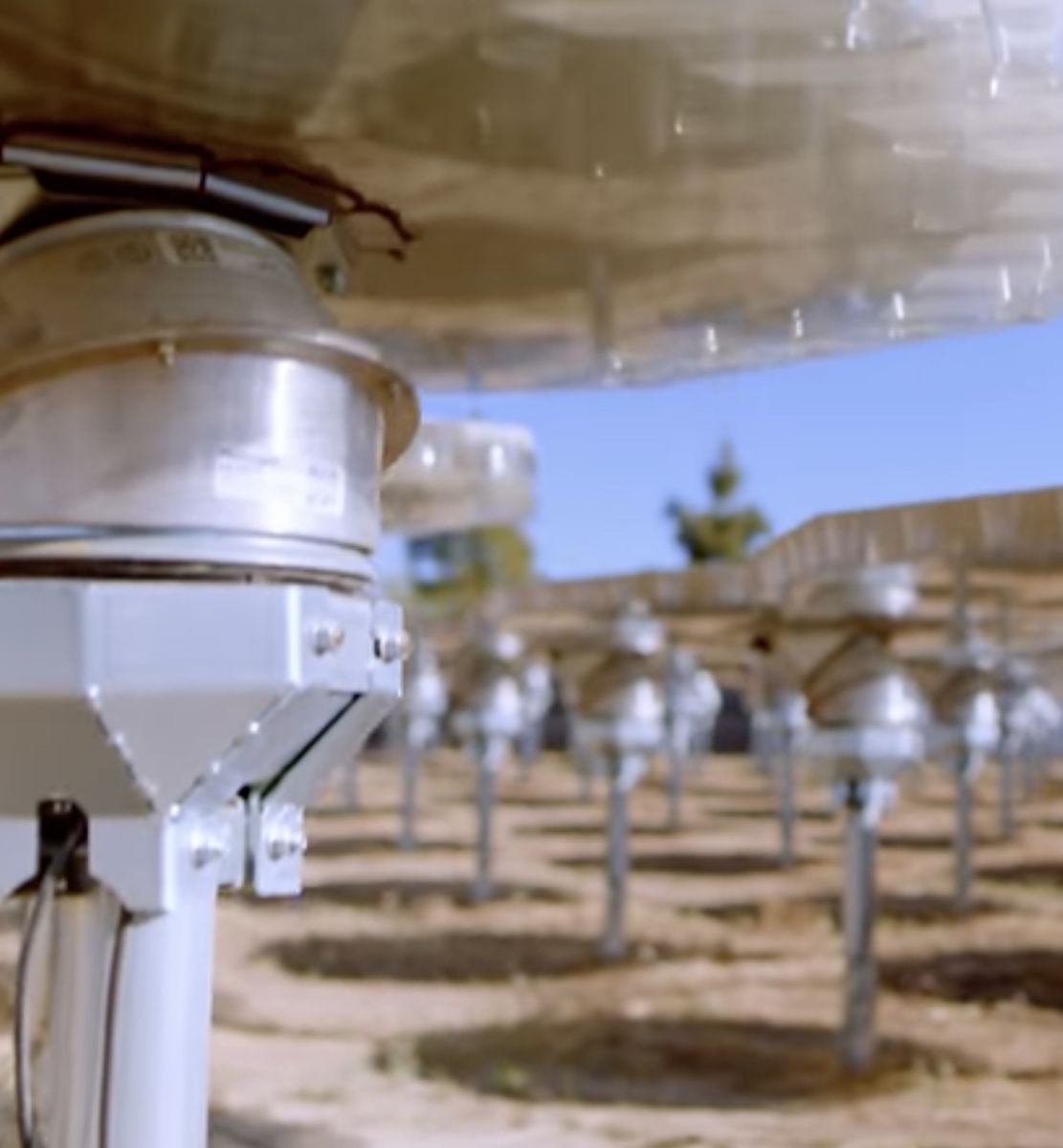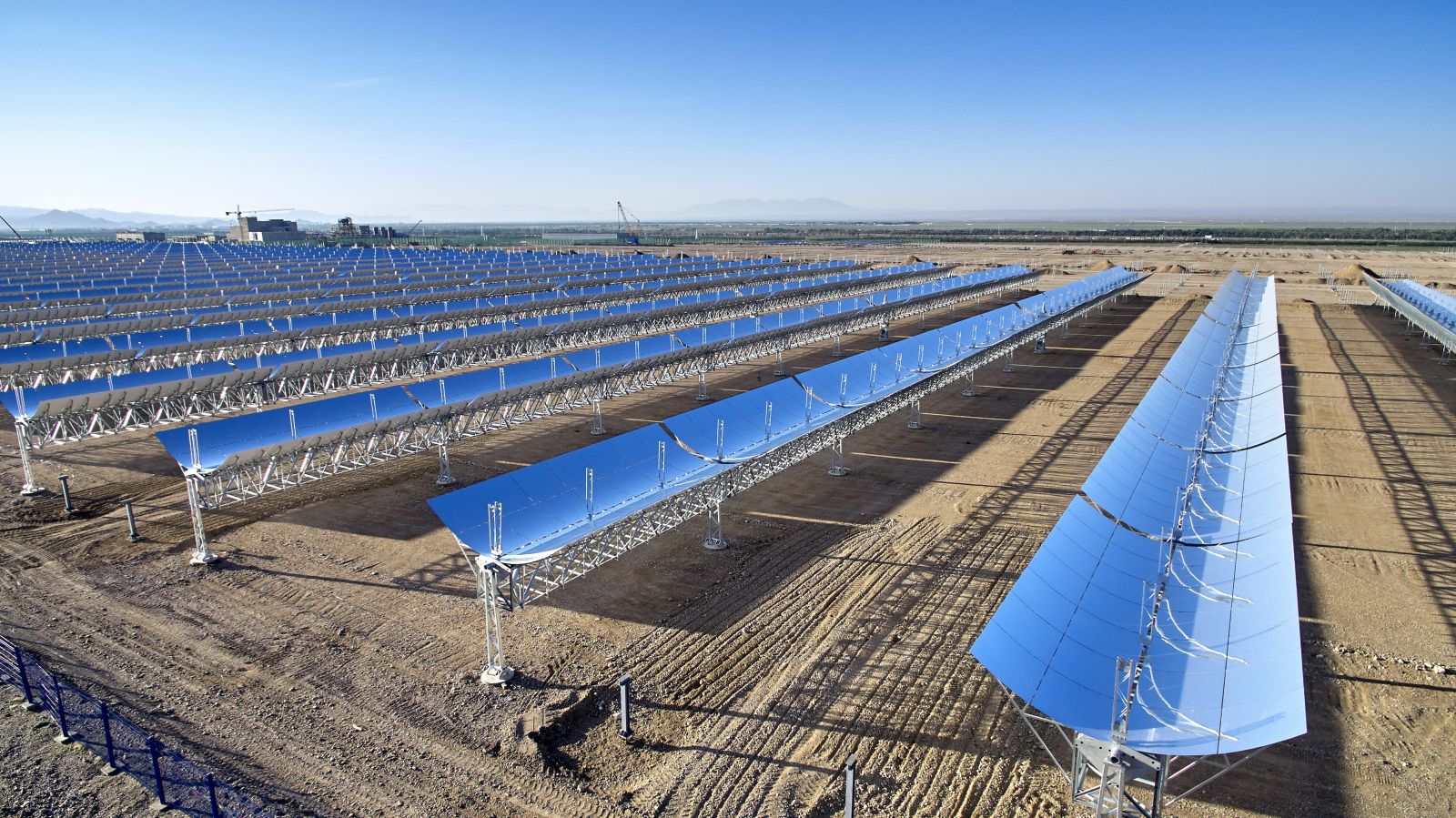CSP 101: Benefits of a concentrated solar thermal system
Power generation is recognized as one of the major sources of pollution. In an effort to offset some of its effects, continuous efforts are being made to make power generation greener by focusing on the adoption of clean energy sources (i.e., solar, wind, hydro, and nuclear power).
As solar radiation is a readily available source across the globe, widespread efforts continue to be made to harness solar power and make it usable. This is usually achieved through two main technologies: solar PV, and concentrated solar power (CSP). In solar PV, solar energy is directly converted into electricity through solar cells. In CSP, mirrors are used to concentrate and focus solar heat on liquid or solid medium, which is then used to generate electricity. While solar PV has higher adoption due to easy installation and lower costs, CSP has garnered significant attention due to higher efficiencies and an inherent thermal storage capacity.

How does CSP operate?
Mirrors reflect and concentrate the sun’s energy onto a receiver, which converts it into heat. That heat is used to create steam, which powers turbines that produce electricity. Additionally, the heat or energy can be stored (using a suitable medium such as molten salts), and can be used to produce electricity when needed.
There are four types of CSP technologies:
- Parabolic Trough Systems
- Power Tower Systems
- Linear Fresnel System
- Parabolic Dish Systems.
In Parabolic Trough Systems, curved, trough-shaped reflectors focus heat energy onto a receiver pipe. Power Tower Systems use heliostat mirrors to focus heat energy onto a receiver at the top of a tower. Linear Fresnel Systems adopt many collectors/mirrors laid on the ground that reflect the sun’s heat energy onto the receiver pipe above. Parabolic Dish Systems use a parabolic-shaped dish that concentrates and reflects solar energy to a receiver mounted on the system. Parabolic Troughs and Power Towers are the most commonly used technologies.
 What are the benefits and challenges of CSP?
What are the benefits and challenges of CSP?
One of the biggest advantages of CSP is that it is a clean and renewable source of energy, like solar photovoltaic and wind. Since it also allows for the storage of solar energy, it can be available as a continuous source of energy. CSP can be integrated into steam power plants using fossils fuel for their operations. It can be used to produce green hydrogen in a cost-effective way that can be used as transportable energy.
However, there are many challenges associated with CSP – it requires a large piece of land with high solar radiation for installation, has steep operating costs, and needs large amounts of water. In fact, the water necessary to drive steam turbines and cool thermochemical reactors means that CSP incurs higher capex to install at locations with limited water supply.
What is the status of CSP?
In 2021, the cumulative capacity of CSP globally was around 6.4 gigawatts (GW), reflecting a fivefold growth since 2010. Until 2017, annual addition for new capacity was less than 100 megawatts (MW). CSP recorded significant growth in new installation in 2018 (860 MW) and 2019 (550 MW); growth in new installation during that time was due to the number of CSP projects that came online in China, Morocco, and South Africa. New installation further came down to 150 MW in 2020, and 110 MW in 2021. In 2020, all new additions were in China; in 2021, it was from the Cerro Dominador project in Chile. In 2021, the cumulative installed capacity of CSP reduced, as the Solar Energy Generating Systems (SEGS) plant with a capacity of 265 MW in the USA retired.
Spain has the highest installed capacity for CSP globally accounting for around 36 percent (2.3 GW) of the total installed global capacity in 2021. Next highest is the United States, with a total installed capacity of around 1.5 GW. The U.S. has 52 CSP plants, with the largest being the 392MW Ivanpah facility in California. Other big CSP projects in the US include 354MW Solar Energy Generating Systems located in California, the 280MW Solana Generating Station in Arizona, and the 280MW Genesis Solar Energy Project in California. Since 2016, there has been no new CSP installation in the USA.
Currently, Morocco has the largest CSP project globally, with a total capacity of 510 MW. The CSP project under construction in UAE is set to overtake it – and with a capacity of 700 MW, is expected to become the largest CSP project in the world.

How is the future outlook?
There are many upcoming large-scale CSP projects in the pipeline. Approximately 1.4 GW of new capacity is estimated to be added during 2022–23, principally in China and the UAE. Some of the projects that are in the initial phase include a 200 MW capacity CSP plant in Spain, a 100 MW solar tower project in South Africa, a 200 MW capacity CSP plant in Botswana, and a CSP plant with a capacity between 50 MW and 130 MW in Namibia. In addition, a 300 MW project is planned in China. Some European countries have made commitments for new CSP additions; Spain plans to add 5 GW, and Italy 880 MW by 2030.
With several projects underway across many countries, and commitments to install significant capacity plants by 2030, the future of CSP looks promising. Technological advancements and further reduction in installation costs and operations will continue to drive the growth of CSP.
Dhirender Mishra is Senior Manager, Energy at Aranca, a trusted research and advisory partner for over 2000 companies.
Aranca | www.aranca.com
Author: Dhirender Mishra
Volume: 2022 November/December









.png?r=4523)


